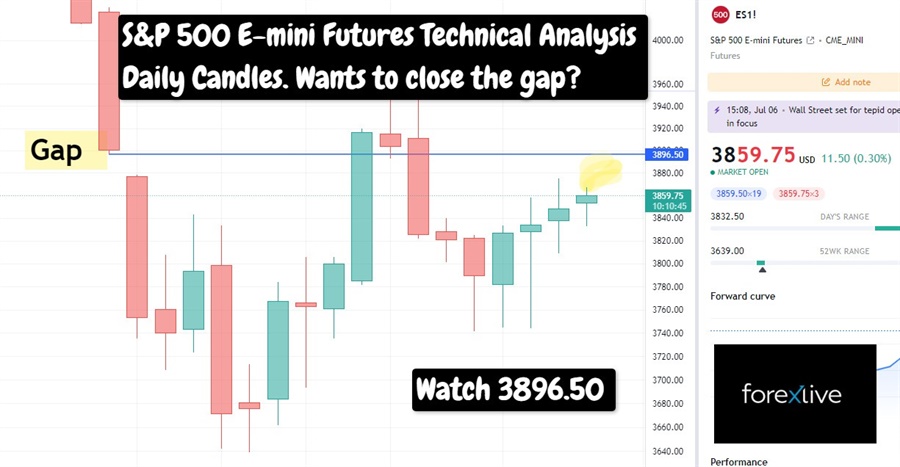- S&P Futures continues to look okay for the bulls but in this jittery market where close stops can easily be hit, and mediocre entry prices are exposed to choppy price action, we focus today on targeting a more attractive entry to our Long.
- See 3 trade ideas in the video and understand the technical logic behind the location of the stop loss, the take profit target and the reward vs risk
- Note the 2 price ranges in today's technical analysis and see how we use them as anchors for our trades. Our video today provides a view and, still, bullish bias, for the Emini, as well as focuses on targeting a more attractive entry to your Long, or where existing Long trades may consider adding to their existing position
- Remember that in trading, and especially in trading futures, there is always a price to pay as we aim to gain a benefit. In this case, the lower entry price for our Long is not just handed to us for free. The risk is that the buy order will not get filled.
- Watch the following video and trade the S&P 500 E-mini Futures (ES) at your own risk
Futher to the above video analysis, on the daily timeframe, watch for the S&P Futures or S&P Index (SPX) during normal trading hours, to possibly close the gap, in the near future, perhaps this week, reaching 3896.50.

S&P 500 Futures Analysis. Close this Gap on the Daily Chart?
Visit ForexLive.com for technical analysis perspectives on futures and more.



